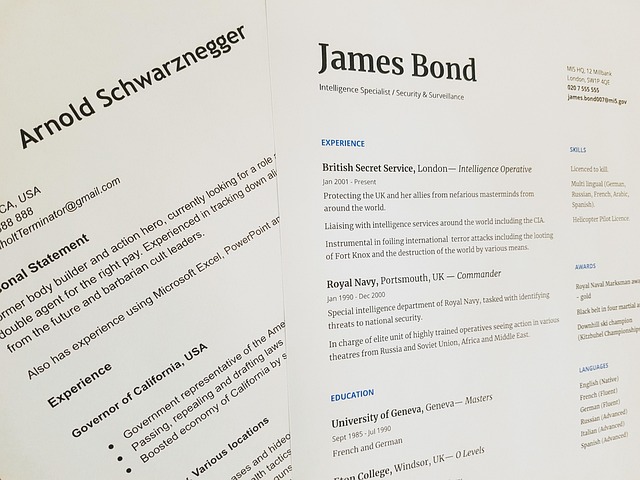How to build a resume that highlights transferable skills
This article explains practical steps to build a resume that emphasizes transferable skills. It outlines how to identify strengths, match them to roles, and present them clearly with supporting credentials, internships, or training so hiring managers can see your potential across industries.

Writing a resume that highlights transferable skills means focusing on abilities employers value across roles and industries rather than only listing past job titles. Start with a concise professional summary that points to core competencies—communication, problem-solving, project management, or technical literacy—and then show evidence through achievements, training, credentials, internships, or volunteer work. Organize content so recruiters scanning for fit can quickly map your skills to job requirements, and keep language specific, outcome-oriented, and measurable where possible to support employability claims.
What career skills transfer across jobs?
Many skills move between roles: communication, teamwork, time management, analysis, customer focus, and basic technical literacy. These are often labeled as soft skills and hard skills; both are important. For example, project coordination demonstrates planning and prioritization, while data entry or spreadsheet work showcases attention to detail and technical comfort. When listing career skills on a resume, prioritize those that are visible in the job description and explain how they were applied. Emphasize outcomes—such as process improvements, cost containment, or stakeholder satisfaction—so employers see practical value beyond the skill name.
How to identify and articulate your skills?
Begin by conducting a skills inventory: list tasks you’ve performed in paid work, internships, apprenticeships, volunteer roles, coursework, or personal projects. Group items into competencies (communication, analysis, leadership, technical tools). Then convert tasks into achievement statements using the formula: action + context + result (quantified when possible). For example, rather than saying “managed schedules,” say “coordinated schedules for a team of eight, reducing project delays by 15%.” Use keywords from job postings to phrase transferable skills in ways recruiters and applicant tracking systems recognize.
How can upskilling, reskilling, and training strengthen a resume?
Upskilling and reskilling show commitment to adapting in a changing workforce. Include recent training or courses that build relevant competencies—online classes, workshops, or employer-sponsored training. Describe the skills acquired and how you applied them: listing a certification without context is less effective than noting a related project or outcome. For roles requiring technical knowledge, demonstrate how upskilling reduced onboarding time or enhanced productivity. Where appropriate, mention microcredentials that map to specific tasks, since these shorter credentials can validate capability for targeted responsibilities.
Which certifications and microcredentials should be shown?
Select certifications and microcredentials that directly support the transferable skills you promote. Technical certifications (software, analytics, compliance) can back up claims of technical literacy, while leadership or project management certificates support supervisory and organizational skills. Present credentials in a dedicated section with issuing organization and date. If a certificate is recent or tied to a project, briefly note the practical application—such as using newly learned analytics methods to inform a budget recommendation—to make the credential meaningful to employers assessing employability.
How do internships, apprenticeships, and networking improve employability?
Internships and apprenticeships are concrete ways to gain transferrable experience and to demonstrate on-the-job application of skills. Include specific responsibilities and accomplishments from these roles, focusing on deliverables and learning outcomes. Networking complements these experiences by creating references, mentorship, or evidence of industry engagement; note relevant professional groups, events, or collaborative projects when space permits. Together, these elements help signal workforce readiness and can make skills claims more credible than listing them in isolation.
How to tailor your resume and prepare for interviews with credentials?
Customize your resume for each application by matching its language to the job description while remaining truthful about your experience. Place the most relevant transferable skills near the top—within the professional summary or a core competencies list—and support them with bullet points under each role. For interviews, prepare concise stories that link skills to outcomes, using credentials, training, internships, or project examples as evidence. Treat credentials as conversation starters: explain what you learned, how you applied it, and what measurable results followed to reinforce credibility.
Concluding paragraph: Building a resume that highlights transferable skills is an exercise in selection and evidence. By inventorying your abilities, choosing relevant training or credentials, documenting outcomes from internships or work, and tailoring language to each role, you present a coherent case for your fit across industries and positions. Focus on clarity, context, and measurable results so recruiters and hiring managers can readily see how your skills translate to their needs.





